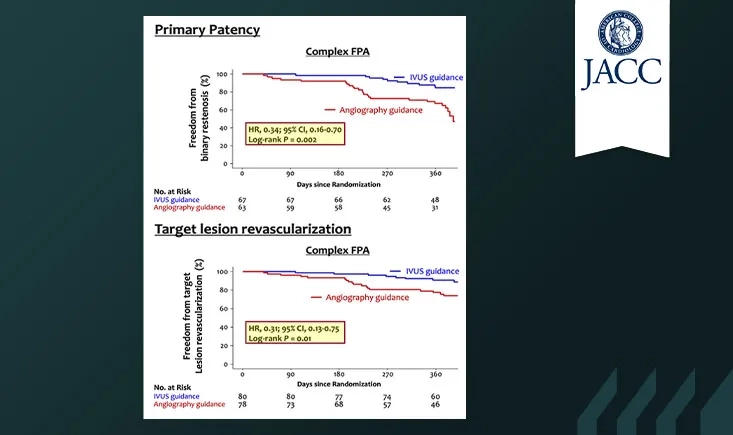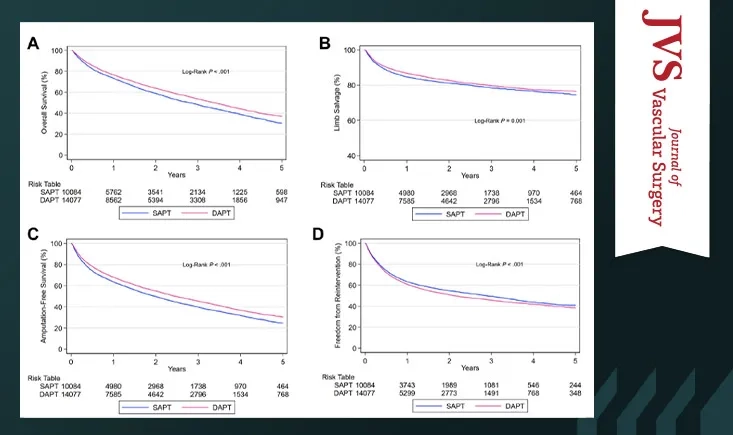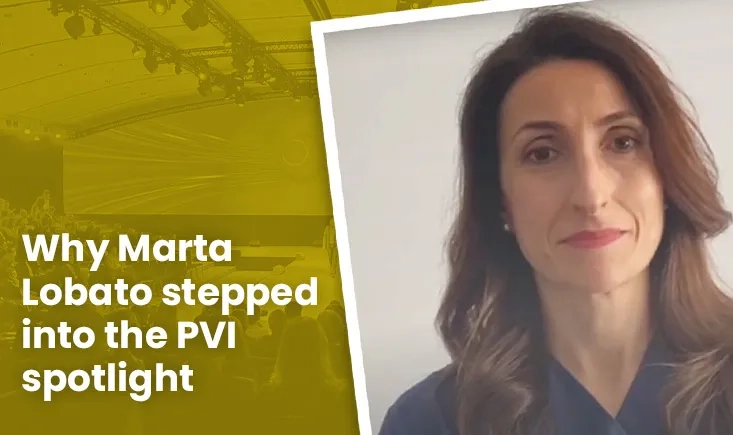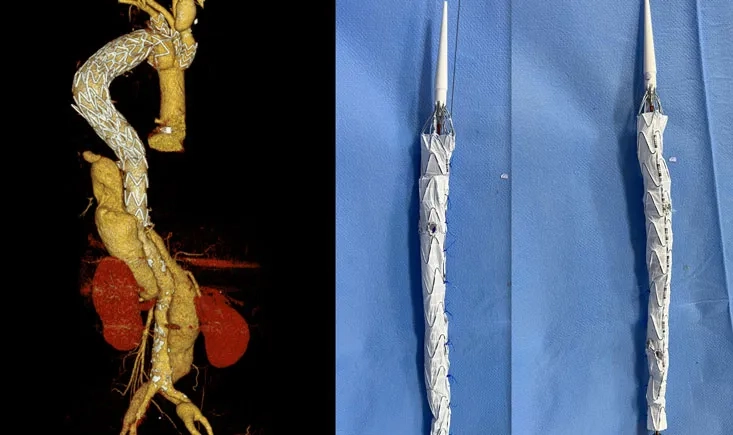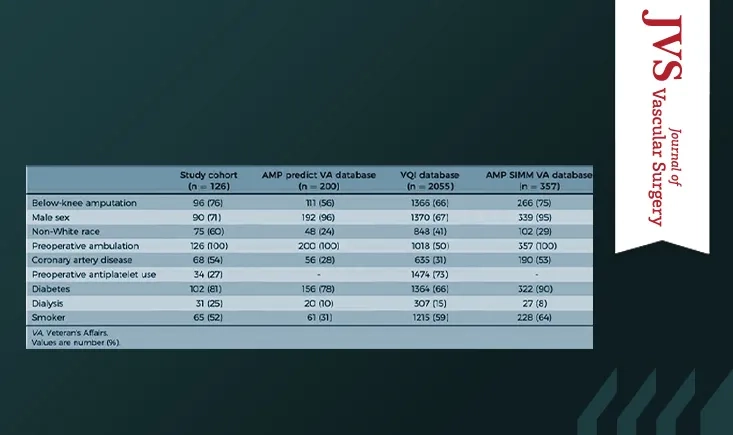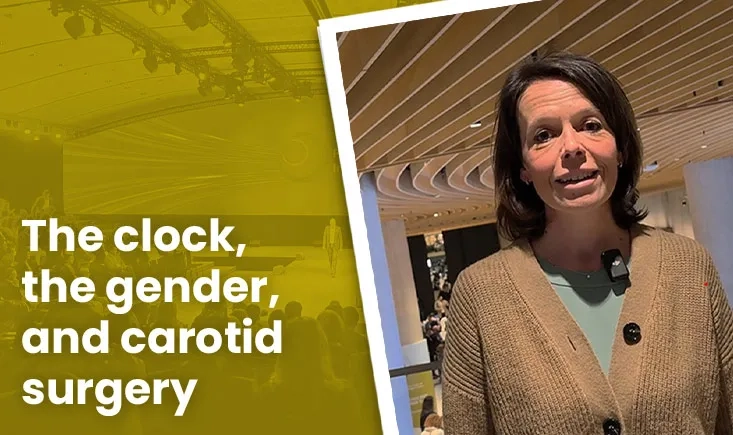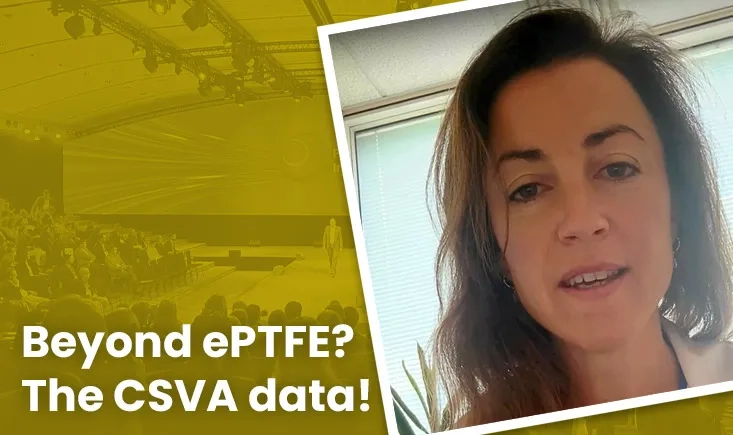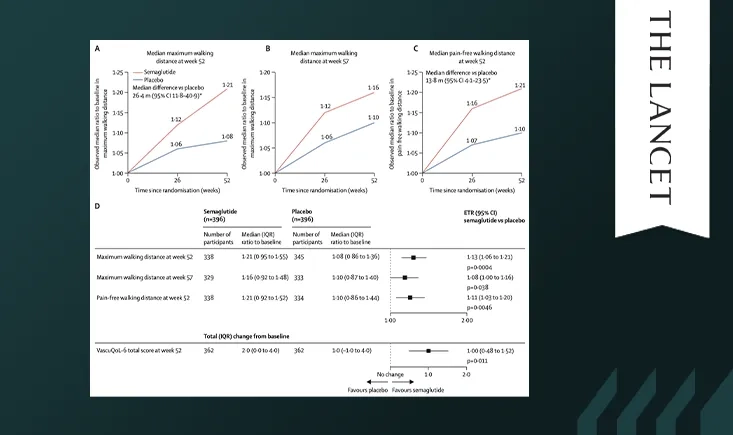Cases and resources in vascular techniques
This section provides a selection of cases and resources provided by experts in vascular techniques.
This subgroup analysis of the IVUS-DCB randomised trial compared IVUS- versus angiography-guided DCB angioplasty in patients with femoropopliteal artery disease. The results? IVUS significantly improved 12-month outcomes — but only in complex lesions. Get the details and clinical implications in this focused publication review.
For patients with chronic limb-threatening ischemia (CLTI), the optimal antiplatelet strategy after infrainguinal endovascular intervention remains uncertain. This study uses data from the Vascular Quality Initiative–Medicare-linked database (2011–2019) to compare the impact of dual vs. single antiplatelet therapy on amputation-free survival at 1 and 5 years.
Vascular surgeon in Bilbao and member of a unit dedicated to complex BTK-BTA cases, Marta Lobato shares what drew her to the PVI Social Media Team—and what makes the course such a standout in the vascular calendar.
A dissected thoraco-abdominal aorta has evolved into a triple-lumen aneurysm, with two false lumens feeding vital organs and a compressed true lumen in between. This case highlights a staged, fully endovascular repair using physician-modified fenestrations to protect all four visceral branches—avoiding open surgery despite complex anatomy.
This retrospective study evaluated the accuracy of three predictive models for post-amputation mobility in a real-world, disadvantaged population. Results showed significant discrepancies between predicted and actual outcomes, questioning the reliability of these tools outside their original development settings.
Is time ticking louder for women when it comes to carotid surgery? Barbara Rantner walks us through the latest data, the contradictions in registry results, and why timing and gender still fuel debate in revascularisation
Professor Bernardo Mendes explores the evolving role of Cone Beam CT in fenestrated and branched EVAR, focusing on radiation management, enhanced precision, and the potential of contrast use to reduce complications.
In this interview, Prof. Eric Verhoeven discusses the challenges of using fenestrated and branched stent grafts in complex EVAR procedures. He shares insights on managing target vessel issues, highlights the importance of follow-up care, and underscores the role of steerable sheaths in addressing occlusions, migrations, and endoleaks.
Can cold-stored saphenous vein allografts offer a better solution for haemodialysis access? Dr. Elsa Faure shares the key findings of a two-center study exploring this alternative to ePTFE prosthetic grafts.
In patients with PAD and type 2 diabetes, semaglutide significantly improved walking distance, symptoms, and quality of life over 52 weeks, supporting its use in this high-risk population.
